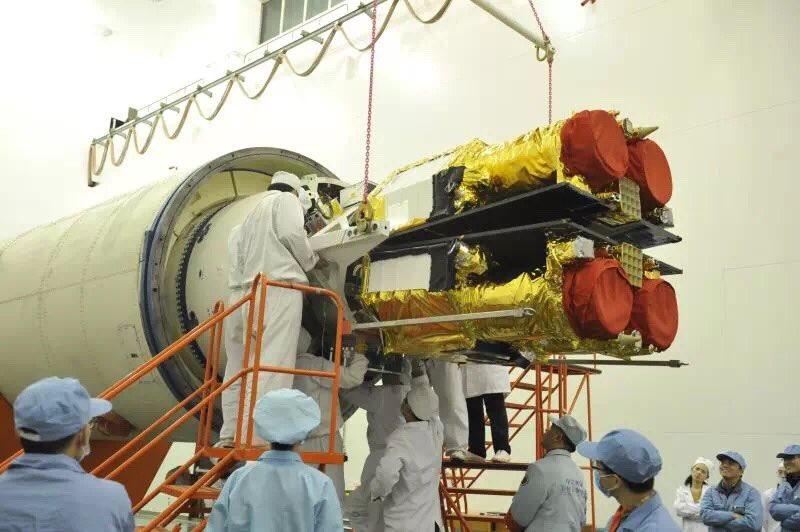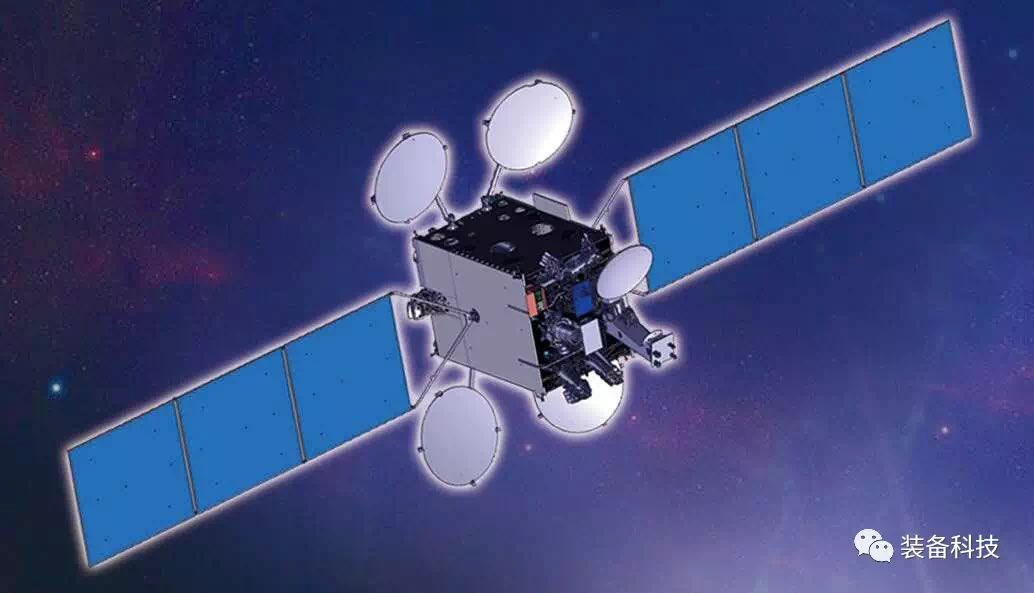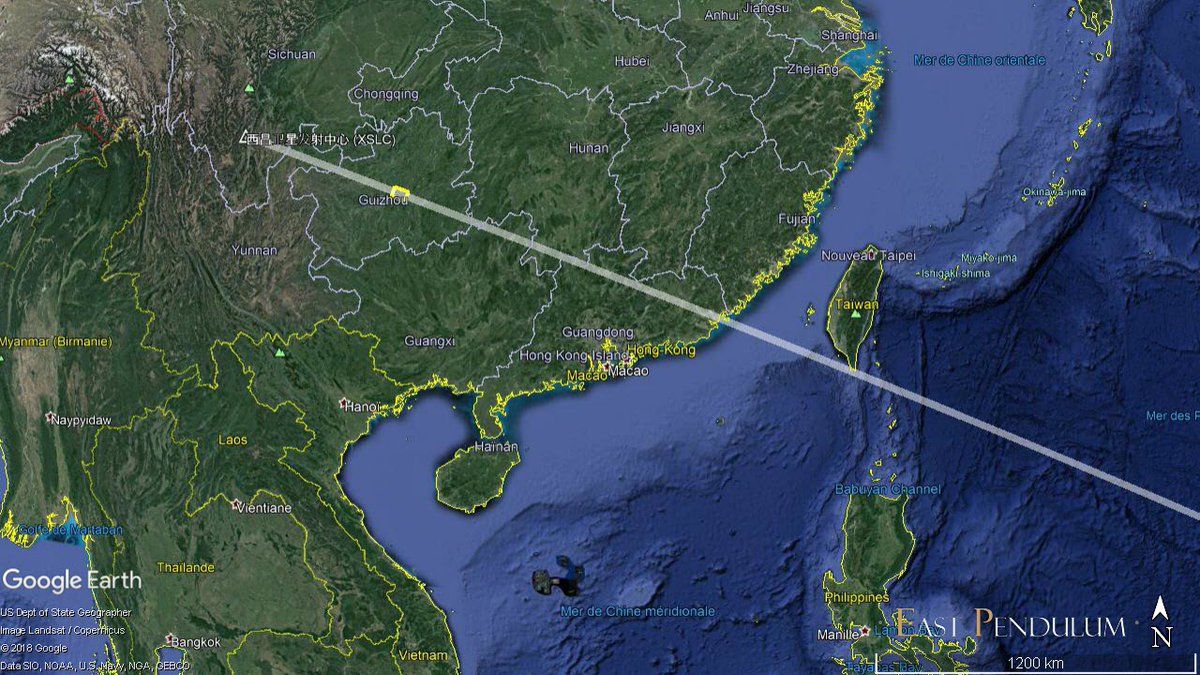Henri K write up on the launch of CZ 11 a competitor to Kuaizhou?
6 Chinese and Canadian satellites put into orbit by CZ-11 launcher
BY
The Jiuquan Space Center (JSLC) yesterday completed its 100th civilian launch, allowing the new Chinese CZ-11 launcher from the Long March family to put into orbit six satellites, including one Canadian.
The takeoff, carried out from a Tractor-Erector-Launcher car on a simplified shooting step, took place this Friday 19 January at 12:12 Beijing time. This is the third flight of CZ-11, which has made a flawless run so far since its maiden flight in September 2015.
Among the six passengers of this fourth Chinese space launch in 2018 are two video satellites 07 and 08 of the
Jilin-1 commercial observation constellation , two CubeSat 6U from the Tianyi Private Institute known as
XJNA (
Xiao Jiang New Area ) and QTT-1, as well as a
Huai'an ZHOU En Lai CubeSat 2U designed by Nanjing University of Science and Technology and
middle school students from Jiangsu Province, and Kepler Communication's CubeSat 3U Canadian
KIPP .
The third flight of the CZ-11 launcher
Developed by CASC Group's Chinese Casting Technology Academy (CALT), the CZ-11 is the only solid propellant rocket in the Long March launchers family. It is a four-stage launcher, all running on solid propellant, which measures 20.8 meters long, 2 meters in diameter and weighs about 58 tons with a take-off thrust of 120 tons.
The program, which is part of the new generation Chinese launchers, started development in 2012 and achieved its inaugural flight on September 25, 2015 by placing 4 satellites in SSO orbit.
Like its main competitors , CASIC's
Kuaizhou rockets , CASC's CZ-11 has been designed to provide a means of rapid access to space and address the small satellite segment of the domestic and international market, with a capacity of 400 kg in a 700-kilometer SSO orbit. The preparation of CZ-11 before its launches is particularly short - in 24 hours the rocket could be ready and in flight state according to its designers.
But this very short period of preparation remains theoretical for the moment and has not yet had the opportunity to demonstrate it. For this launch, for example, the two main satellites Jilin-1-07 and -08 left their factory on January 1st and the integration was completed on the 13th, for a launch on the 19th. So we see a much shorter duration compared to a conventional launcher liquid propellant, but it is still far from the account of 24 hours announced.
Unlike most civilian rockets that launch from a firing point, the CZ-11 takes off from a TEL (Tractor-Erector-Launcher) as a ballistic missile. It is perhaps for this reason that the photos of his first two launches in 2015 and 2016 are unveiled only recently, on the occasion of this third flight.
The CZ-11 Y3 launcher
The integration of satellites to the launcher
The CZ-11 is ejected outside its launch tube by a gas generator
According to
, the CALT Institute has made several improvements to the launcher to increase its carrying capacity by around 20%.
made of carbon-carbon composite, with a new coating laid by automated machines that can significantly reduce its thickness.
A new satellite separation support has also been developed at the request of customers, with one exception, the Canadian KIPP satellite, which has used its own separation system provided by the Dutch company SLS.
The Chinese authorities have issued two messages to aircrew (NOTAM) to report a fallout area of the launcher debris. It is located about 320 km from the firing point and could correspond to the drop zone for the first floor or the headdress.
A0223 / 18
Q) ZLHW / QRTCA / IV / BO / W / 000/999 / 3809N09931E034
A) ZLHW B) 1801190407 C) 1801190425
E) A TEMPORARY RESTRICTED AREA ESTABLISHED BOUNDED BY:
N373645E0994253-N374351E0990304-N384153E0991924-N383442E0995943
BACK TO START. VERTICAL LIMITS: GND-UNL
F) GND G) UNL
A0240 / 18
Q) ZLHW / QARLC / IV / NBO / E /
000/999 / A) ZLHW B) 1801190402 C) 1801190427
E) THE FLOW SEGMENTS OF ATS RTE CLSD:
1. W191: MULRU - RUSAT.
2. B215: NOGEX - OMGUP.
NOTAMs for the 3rd flight of CZ-11 (Image: East Pendulum)
It should be noted that the CZ-11 launcher did not fly by relying on an umbilical tower as for the other classic Long March rockets, because of its concept called "rapid reaction" originally from the middle military and its particular mode of preparation.
For this purpose, the JSLC Space Center constructed two new, very simplified firing points, located respectively 4.3 and 6 km from the main launching site, each with concrete ground and lightning arresters. One for the CASC CZ-11 and the other for the Kuaizhou CASIC launchers.







